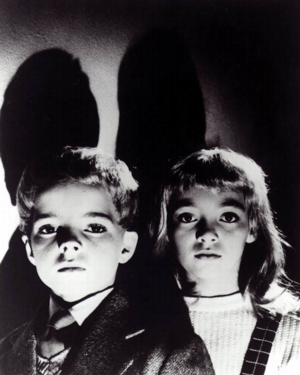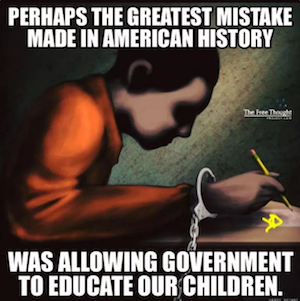 Four years ago, as the school year started with remote learning in many districts around the country, particularly in Democratic-leaning cities, I reported a piece for ProPublica and this magazine looking at what Zoom school was really like for disadvantaged students. The piece focussed on Shemar, a seventh grader in Baltimore who had grown deeply isolated since schools had closed the previous March, and who only occasionally logged on to his online classes. “That homeschooling is not going to get it,” his grandmother said.
Four years ago, as the school year started with remote learning in many districts around the country, particularly in Democratic-leaning cities, I reported a piece for ProPublica and this magazine looking at what Zoom school was really like for disadvantaged students. The piece focussed on Shemar, a seventh grader in Baltimore who had grown deeply isolated since schools had closed the previous March, and who only occasionally logged on to his online classes. “That homeschooling is not going to get it,” his grandmother said.
Shemar would not return to in-person schooling until the following year, the end of an almost-eighteen-month hiatus. His struggles to engage since then have been unsurprising, and have been shared by countless other students. I have written several more pieces for The New Yorker and ProPublica on the lingering consequences of the closures, including learning loss and chronic absenteeism.
Earlier this year, I decided to report on another aftershock: declining enrollment that is forcing districts to close underpopulated schools on an unprecedented scale. Nationwide, public-school rolls have diminished by more than a million students, as many families have opted to leave for private schools or homeschooling. The declines are particularly stark in places where schools stayed closed the longest during the pandemic.
 I focussed my reporting on one such city: Rochester, New York, where the district just decided to close eleven of its forty-five schools, a wrenching process that has caused disarray for families and left many neighborhoods without the hubs that sustained them for generations. “It’s like you’re watching institutions decline in real time,” one county legislator told me. “Anchors of the community are disappearing.”
I focussed my reporting on one such city: Rochester, New York, where the district just decided to close eleven of its forty-five schools, a wrenching process that has caused disarray for families and left many neighborhoods without the hubs that sustained them for generations. “It’s like you’re watching institutions decline in real time,” one county legislator told me. “Anchors of the community are disappearing.”
The piece raises the crucial question: Can American public education survive its downsizing intact, or is there a tipping point beyond which the system starts to unravel?
Alec MacGillis
The New Yorker
August 27, 2024
